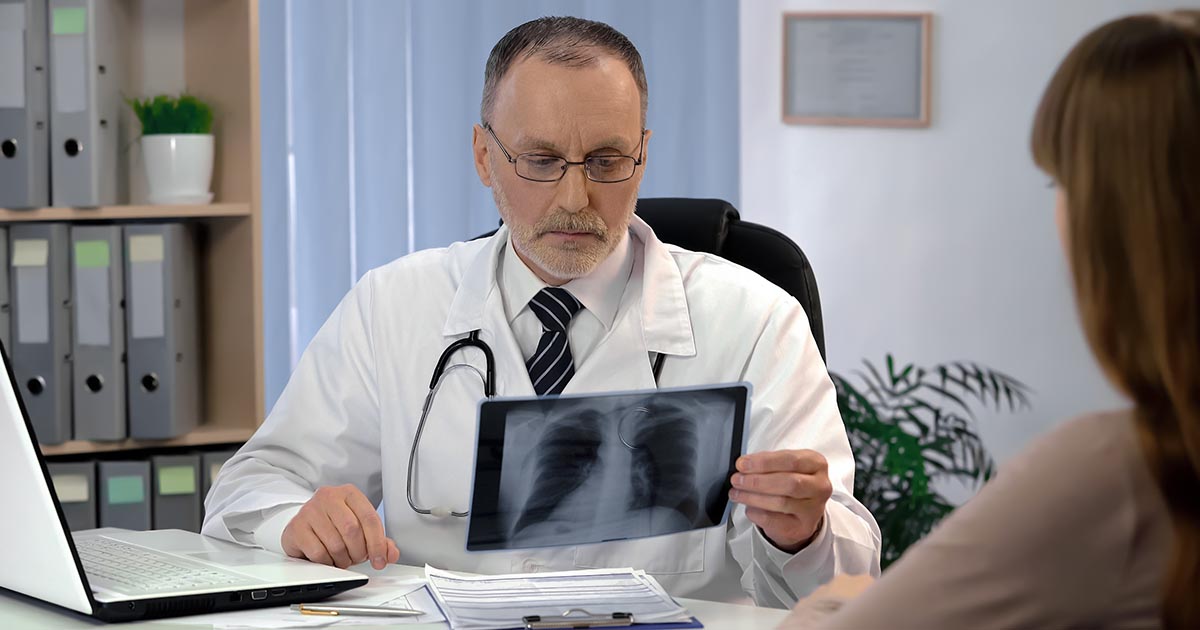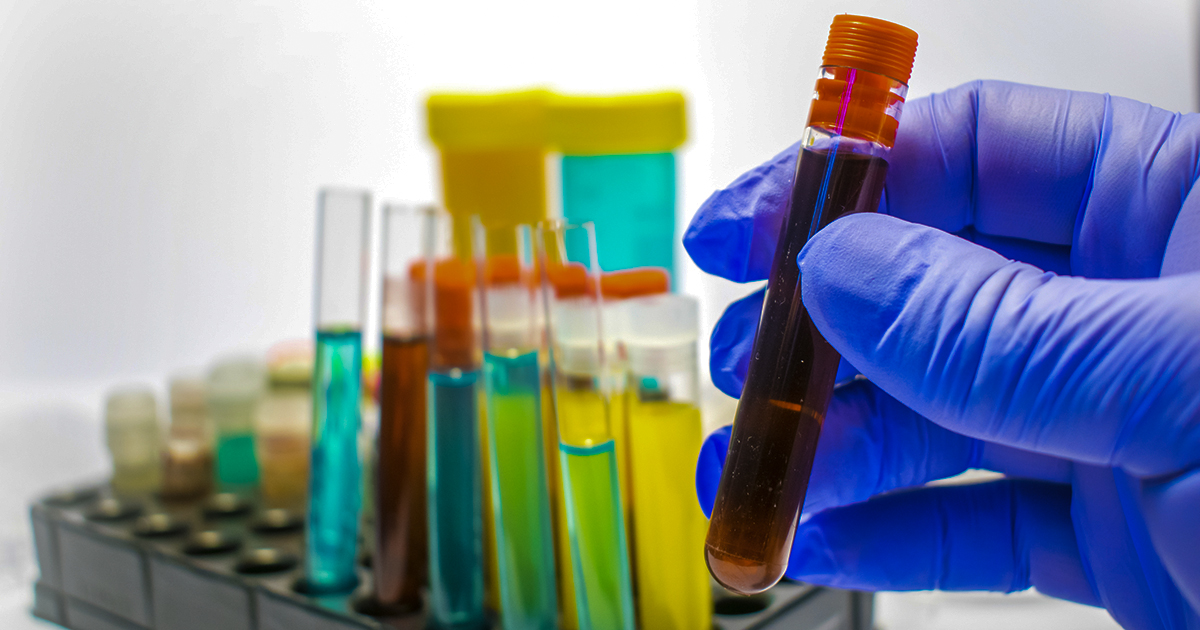Diagnosing & Treating Acute Respiratory Distress Syndrome
Acute respiratory distress syndrome (ARDS) is a serious complication due to widespread inflammation of the lungs. The inflammation process causes fluid to leak into the tiny air sacs (alveoli) where oxygen exchange occurs. The fluid decreases the capacity for oxygen and carbon dioxide exchange across the alveolar capillaries. This leads to low oxygen and high carbon dioxide levels in the blood. As a result, tissues throughout the body are starved of oxygen and carbon dioxide levels build up in the blood. ARDS usually occurs in critically ill patients who are already hospitalized. The most common causes are sepsis (infection in the blood), pneumonia, inhalation of chemical agents or smoke, and burns. It has a thirty-five to fifty percent mortality rate.
Imaging

The diagnosis of acute respiratory distress syndrome requires meeting specific criteria. Experts established these criteria during a 2012 meeting in Berlin, Germany. The Berlin diagnostic criteria included rapid onset of breathing difficulties within seven days of the insult to the lungs, bilateral fluid accumulation in the lungs not explained by heart failure, and a PaO2 to FiO2 ratio below three hundred millimeters of mercury (indicating less oxygen in the blood).
Chest X-rays, CT scans, and ultrasound will be used to confirm bilateral pulmonary edema (fluid accumulation in the lungs). In acute respiratory distress syndrome, this fluid is described as a diffuse infiltrate. Fluid leaks from the capillaries that surround individual alveoli, filling the air sacs with liquid and making gas exchange difficult. Imaging studies will rule out other causes and help to determine the extent of disease.
Lab And Heart Tests

Congestive heart failure can also cause fluid to accumulate in the lungs and will need to be ruled out. In uncomplicated clinical cases, pleural effusions (fluid that accumulates between the pleural membranes), are seen in congestive heart failure but not in patients with adult respiratory distress syndrome. Lab and heart tests including an electrocardiogram can be used to look for cardiomegaly and valve problems. Cardiomegaly often occurs in congestive heart failure. An angiogram can be performed to insert a small pressure probe to test the pulmonary pressure. These tests will determine if the fluid accumulation is a result of heart damage and not ARDS.
Lab tests for acute respiratory distress syndrome include an arterial blood gas, complete blood count, sputum cultures, and blood cultures. Since two of the most common causes of ARDS are pneumonia and sepsis, identifying the pathogen causing the lung damage will be necessary to determine the correct treatment. In addition to these tests, a complete metabolic panel is often needed to look at the electrolytes, acid-base balance, and degree of dysfunction of major organs like the liver and kidneys.
